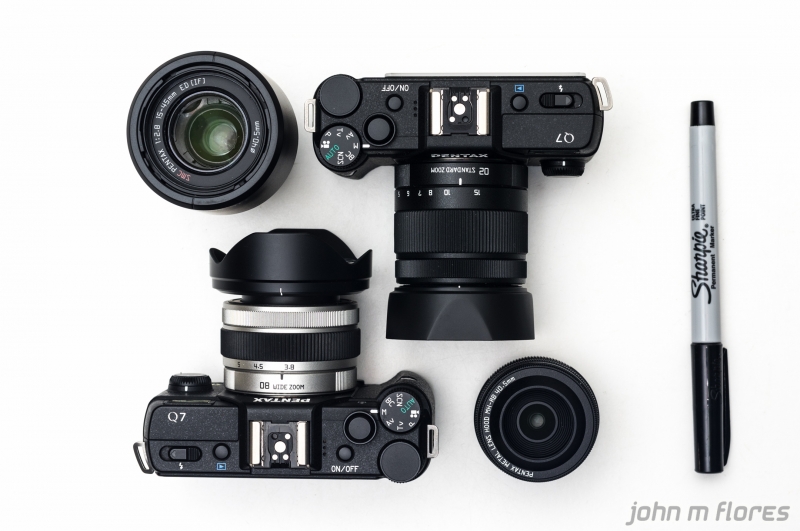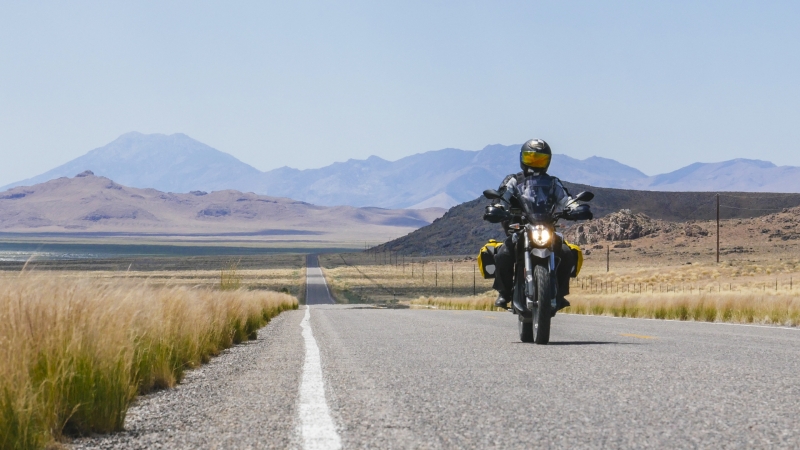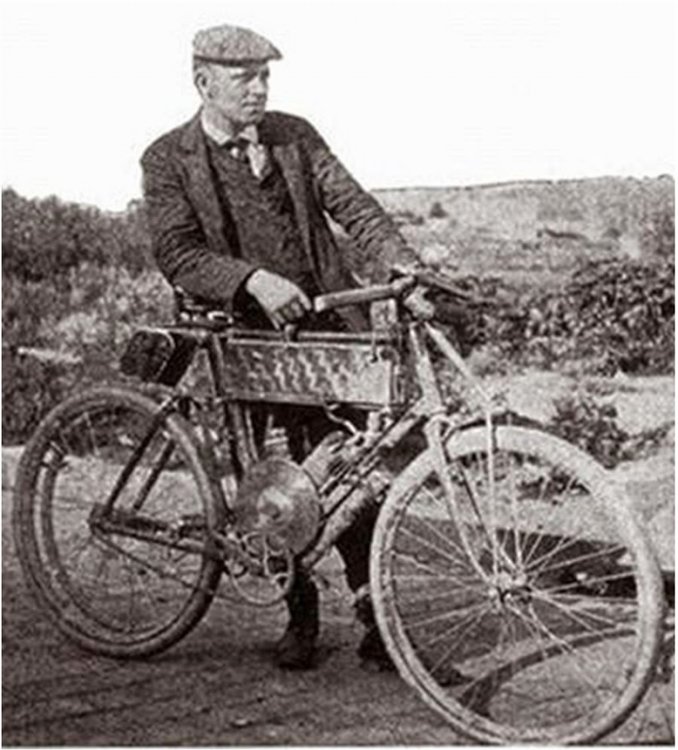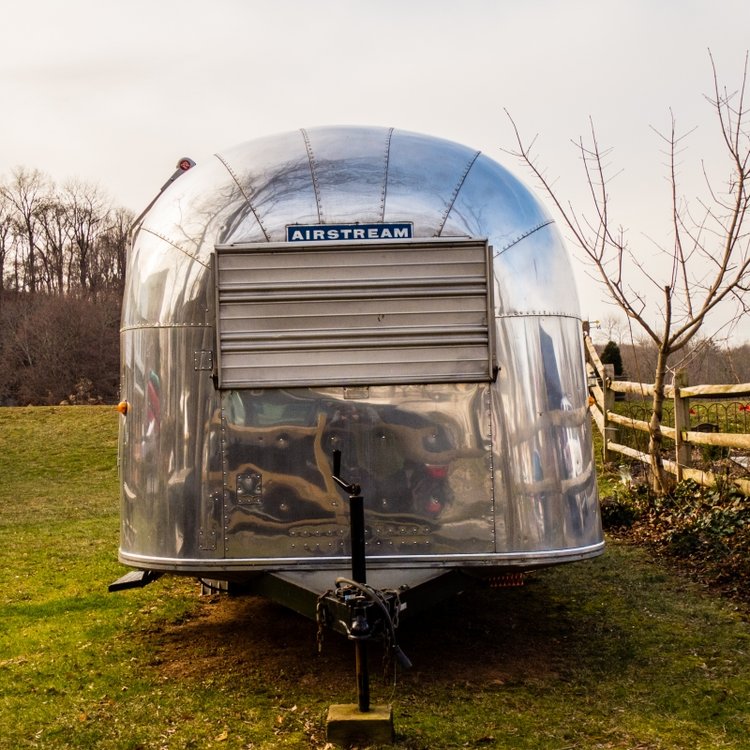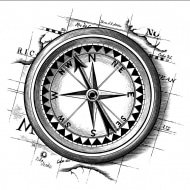Leaderboard
Popular Content
Showing content with the highest reputation on 09/30/2016 in all areas
-
John - don't be too hard on the house. It didn't ask to be built. It's a work of art and can be appreciated on it's own. Though, personally, while I think the craftsmanship and detail are incredible, the house as a whole doesn't do much for me. It feels poorly proportioned and has an odd rhythm to it. I've always thought the first story was too short - it looks to me like the whole house sank about five feet. Story time - If you are into the social significance of buildings like this, there's a richer background than just rich people being rich. My great grandfather was an artist and interior designer back when these houses and many of the public buildings that these people funded were built. His parents were immigrants from Germany and he had studied classical architecture there, as did my grandfather after him. They both worked, in succession, as chief designer for a company called Hayden, out of Rochester, which was responsible for many of these homes. They designed and constructed all of the interiors - basically everything you see once you're in the front door, from the wood moulding to the floors to much of the furniture. I don't think that the Biltmore is on the list, but I believe that the Vanderbilt mansion in NYC is. He did the Library of Congress, the NY Public Library, Art Institute of Chicago, etc. in addition to all these houses for people with names like Dodge, Eastman, Rockefeller, Scripps, Woolworth, etc. Lots of stuff. Anyway, my story is this - over time, the industrial revolution had quite a toll on old world crafts, as you can imagine. Faster, better, cheaper meant that the old craft traditions in Europe were all but dead by the turn of the century and many of the people in those trades, who had learned their craft from generation to generation, found themselves with little or no work. So they came to the US, and hundreds of them ended up at Hayden and hundreds more went to similar companies doing similar things throughout the US. Wood carvers, stone masons, metal smiths, furniture builders, etc. And they built all this stuff that was the product of American industrialism - the houses, libraries, museums, theaters, etc. All the landmarks of the classical era in US architecture were built by these immigrants in the same tradition as it had been done in Europe for centuries, with the next generation working alongside the current, learning as they went. Then the depression came and it all ended. The money dried up and tastes changed. Building these great monuments, both public and private, was no longer in vogue. Eventually even public appreciation for architecture in general waned. The would-be next generation of craftsmen went on to other professions - my grandfather went to work as a salesman. So I've always found it ironic, a bit poetic, that these people's final work, and the ultimate expression of their centuries old craft, was building houses and public structures that were funded by the men who had put them out of work. That's something, isn't it? Anyway, that's the context in which I wish people would see these homes - not just awe or indignance, but but a bittersweet appreciation for what the world both lost and gained in their construction. This is sounding more like an essay than a forum post, so I'll stop here. If you guys can go to the Expo, then please do, with or without a visit to the mansion. I went to last year's expo out west and it's really worth the trip. In fact, if you really want to get the most out of one of these expos, sign up for one of next year's and do the full package with all of the classes. You'll be amazed at what there is to learn from people who have spent their lives travelling.1 point
-
Hey all, I do this... and this... often on one of these In case that was too obtuse, I'm a writer, photographer, and digital marketing consultant (my day job). I write motorcycle stories for RoadRUNNER Magazine, the largest motorcycle touring magazine in the country. It's been a lot of fun - I've seen much of the country and parts of the world on two wheels and I hope to continue to do so for many more years. This past July I rode an electric motorcycle from San Francisco to New York, following the route of George A Wyman, the first person to cross the country by motorized vehicle. Any guesses when Wyman did it? Anyone? Guess? Last chance! 1903. Fun fact - there were only 200 miles of paved roads back then, and the dirt roads were so bad in spots that Wyman rode nearly half of his journey on the railroad tracks. Yes, on the railroad tracks. On this thing Crazy, huh?! Now I'm planning for the next phase of my zigzag life. For years I wanted one of these I was also thinking of a Class B RV, but then I found Oliver and I think that I've found my rig. I'm still a couple of years away from shoving off, but my plan is to full time for 3-5 years, writing, taking photos, just spending time in this beautiful place. I think the Oliver will stand up to the remote dirt roads that I want to take it on. I'm thinking of a Ford Transit as my tow vehicle, so that I can haul a motorcycle in the back protected from the elements and prying eyes. Well, that's it for now. I've been lurking for a couple of weeks and have already learned a lot from everyone here. Glad to make everyone's virtual acquaintance. I'll certainly have a ton of questions as the months go on, so thanks in advance...john1 point
-
Have you considered a portable panel with a 50+ ft cable so you can park in the shade on a blistering day and still have some charging? john Furion supplies a number of electrical devices for Oliver TT. They sell a portable solar unit that plugs directly into the Furion outlet. My point is I do not need it. I have camped for days using my electrical amenities with the exception of AC & microwave. At the end of 3 days in the desert, my batteries were still at 12.5. I do not need solar panels. Recognizing we are all humans with different needs and desires, I find the Oliver to be a great value WITHOUT solar panels. I did check with Oliver 2 years ago and was told that to make the solar panels portable, Oliver would need to use a different company, their current vendor product did not lend itself to portability. The recommended company said that the longer the cable, the longer time it takes to charge the system. I worked with several senior electrical engineers and they agreed that to gain portability would be offset by efficiency. It seems counter intuitive to put solar panels on the roof and to park in the sun to charge my batteries in the summer. I could buy the Furion solar charger, but do not need it. My batteries stay charged and I do not want to haul things I "might" need. I am sure many others may need such items, but I purposely chose the smaller trailer. I want to travel light, travel often and not be incumbered by things I do not need. If a person wants all of those trappings, the larger Oliver may be appropriate, but an unfair comparison to the smaller airstream.1 point
-
Give the sales office a call again. I know the ladies that handle the VIN's just issued several yesterday and I did call her to see if yours was. She said Jason at the Sales Office should have it now.1 point
-
Thanks for your post, Ann and I plan to visit BBNP this winter as well. Leave CT in January and go to Everglades first the work our way west. Probably be in BB in mid February. Thanks again.1 point
-
I researched Airstreams, off and on, for over 2 years, and I had always thought it was the trailer I would eventually buy. But I stumbled upon the Oliver brand, through another forum, and immediately became interested, such that I was able to tour the factory this past June. While there I saw the step by step process and from the frame up it is a far superior trailer to almost anything else currently being produced. I was also able to tour Buzzy's brand new Ollie at the campground and the attention to detail is truly inspiring. There are so many "Pros" regarding the Oliver, that when the time comes to lay out the cash, I wouldn't consider anything else at this point. Frankly, I think 40K for the Airstream Base Camp is overpriced, and while a new Ollie will be close to 60K I consider that price differential a moot point compared to the final products once actually "on the road".1 point
-
Recent Achievements





